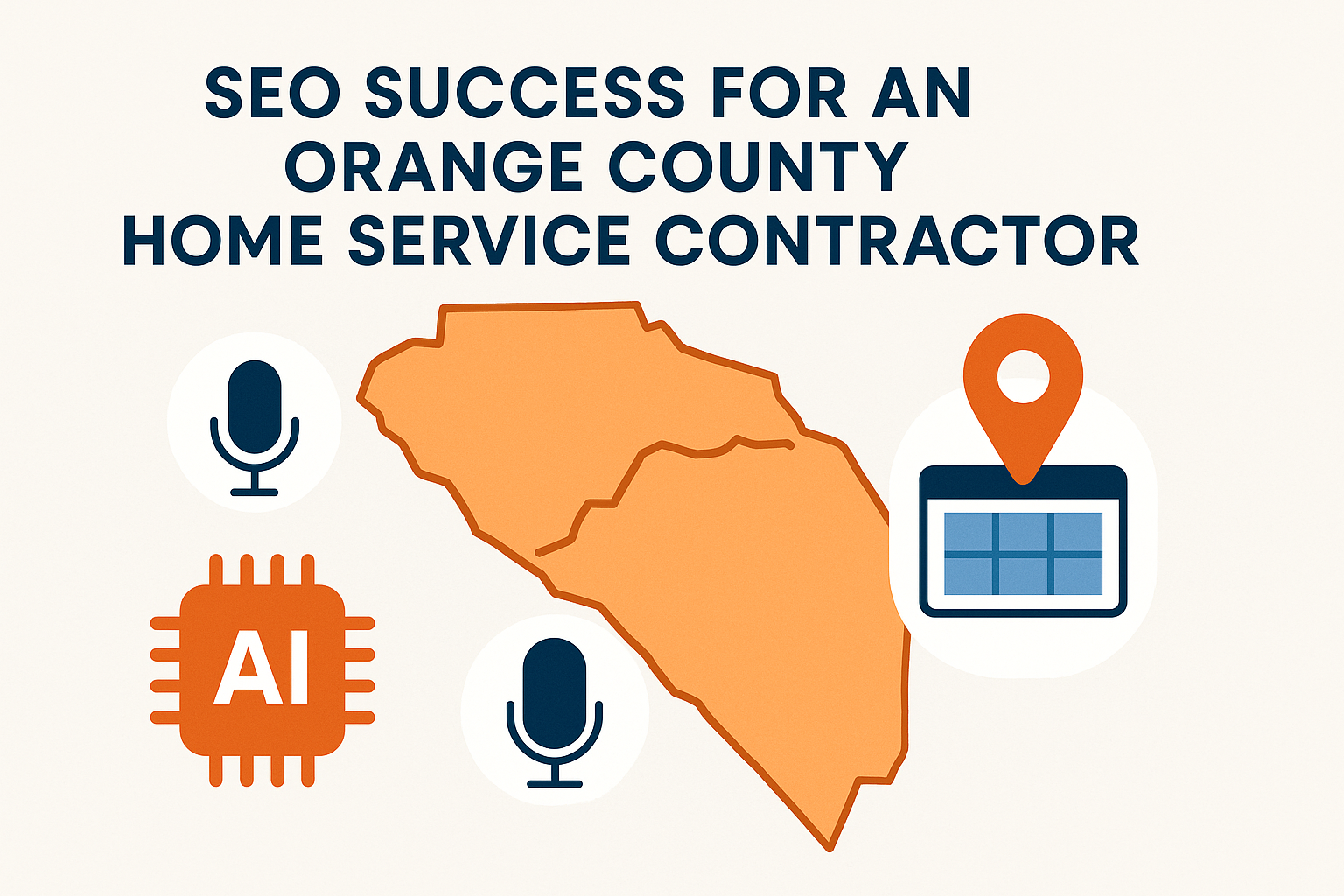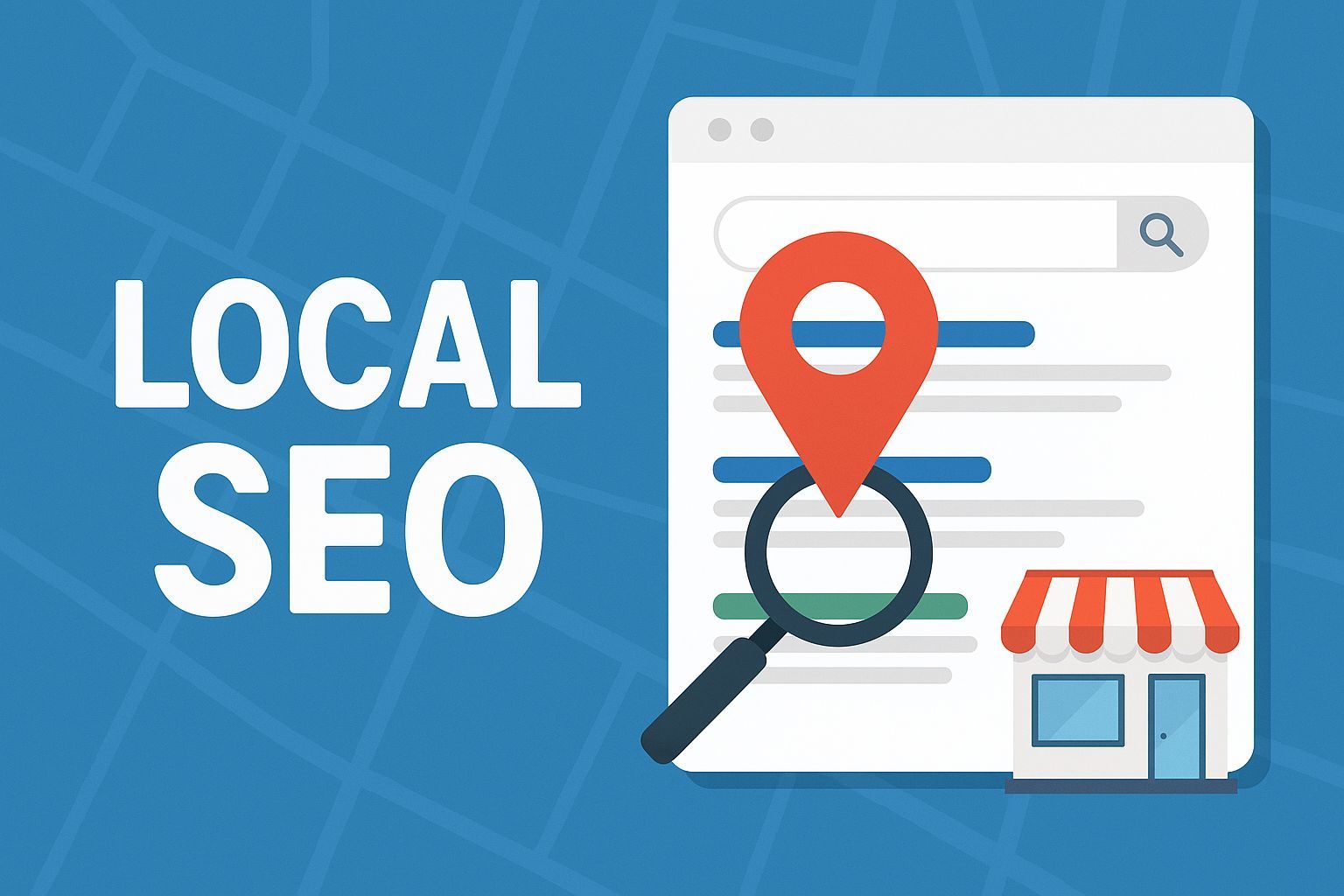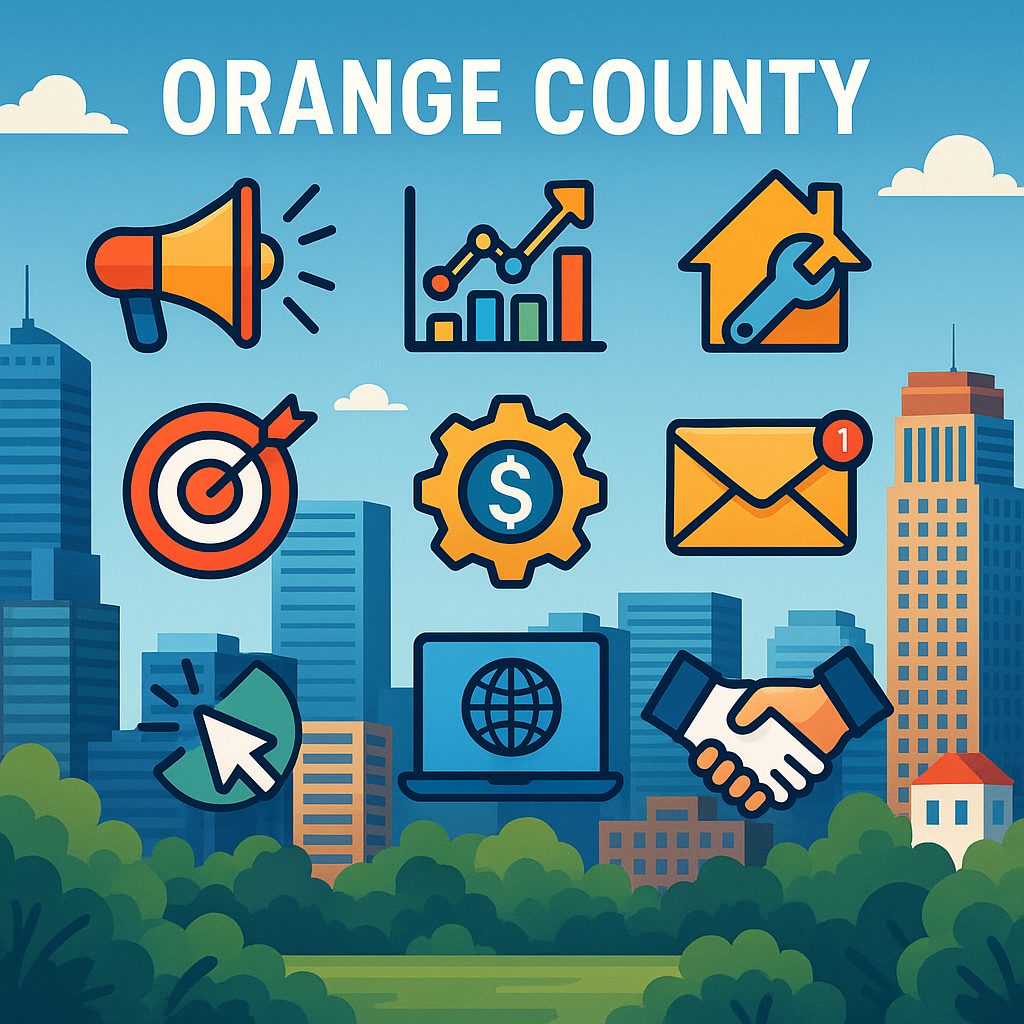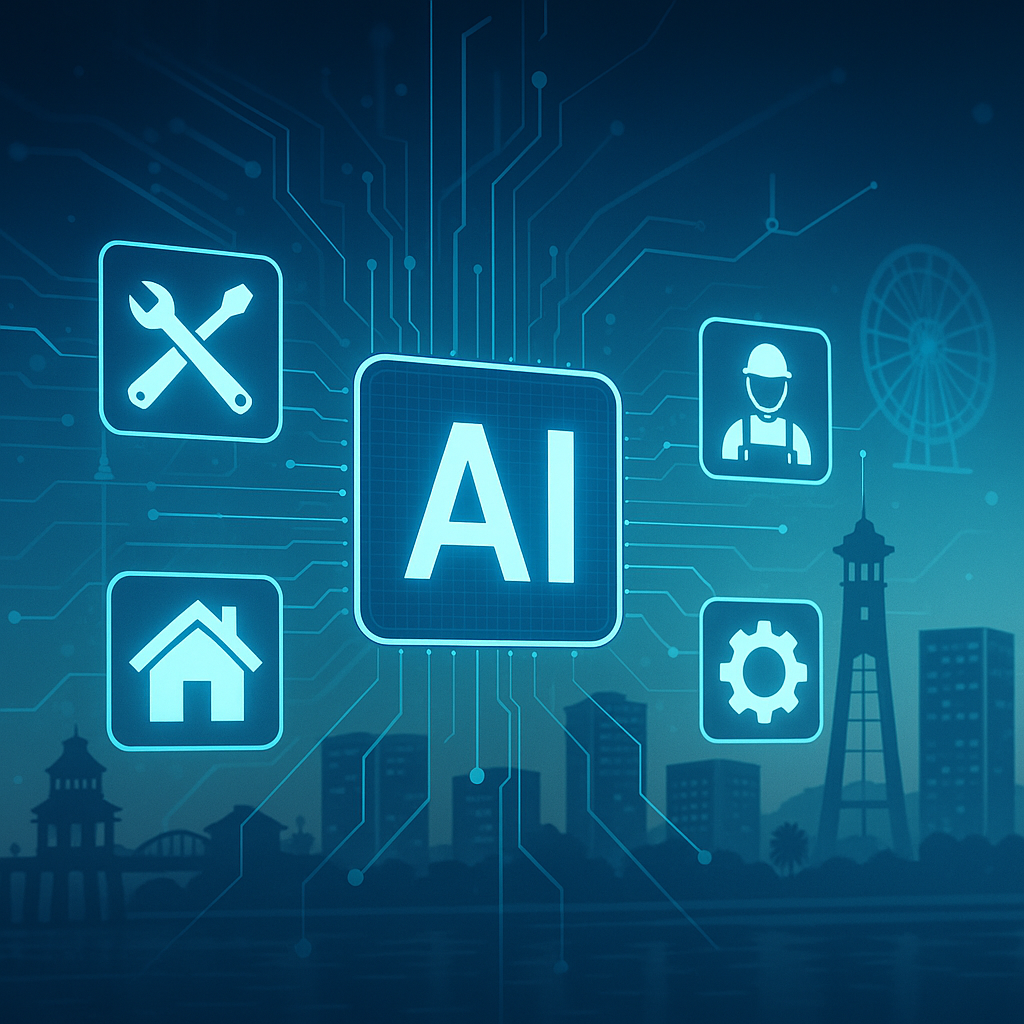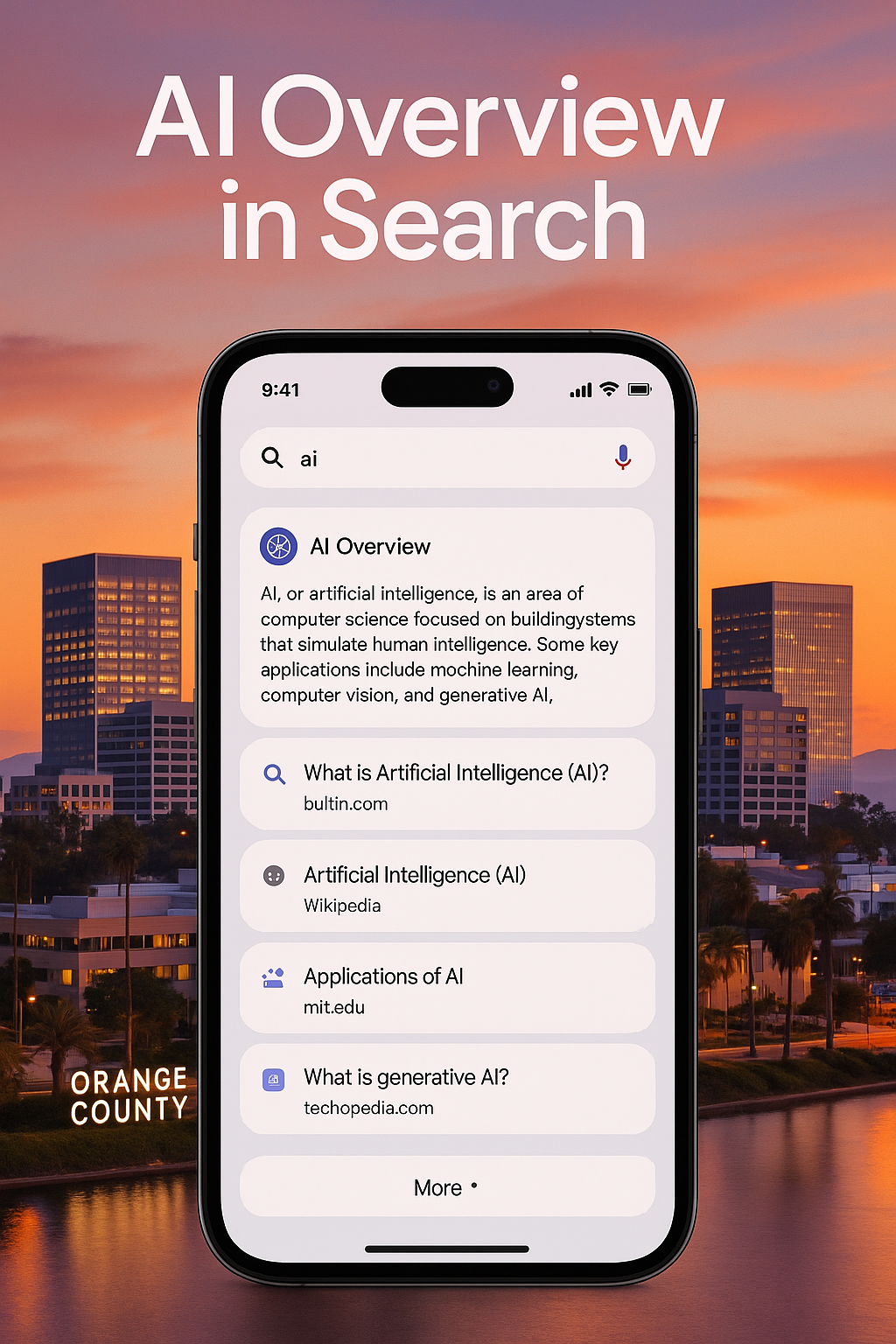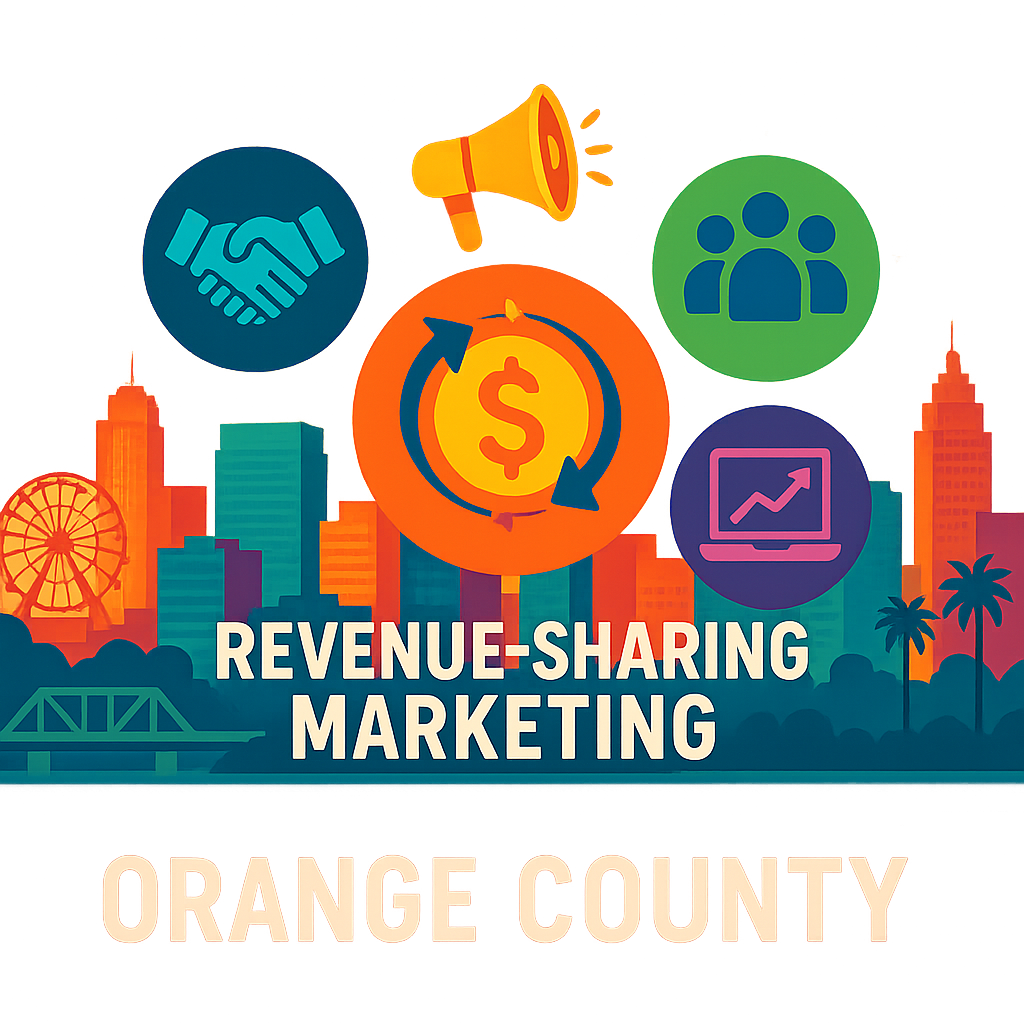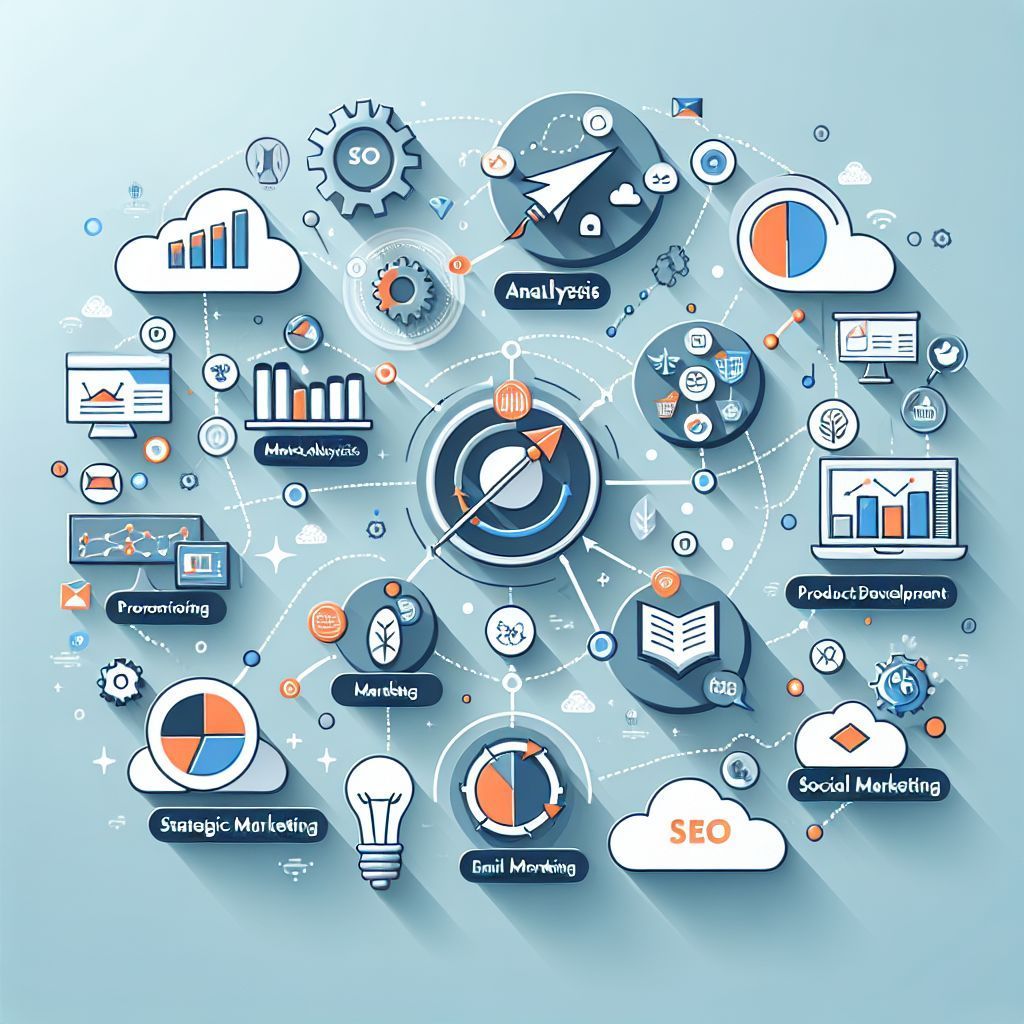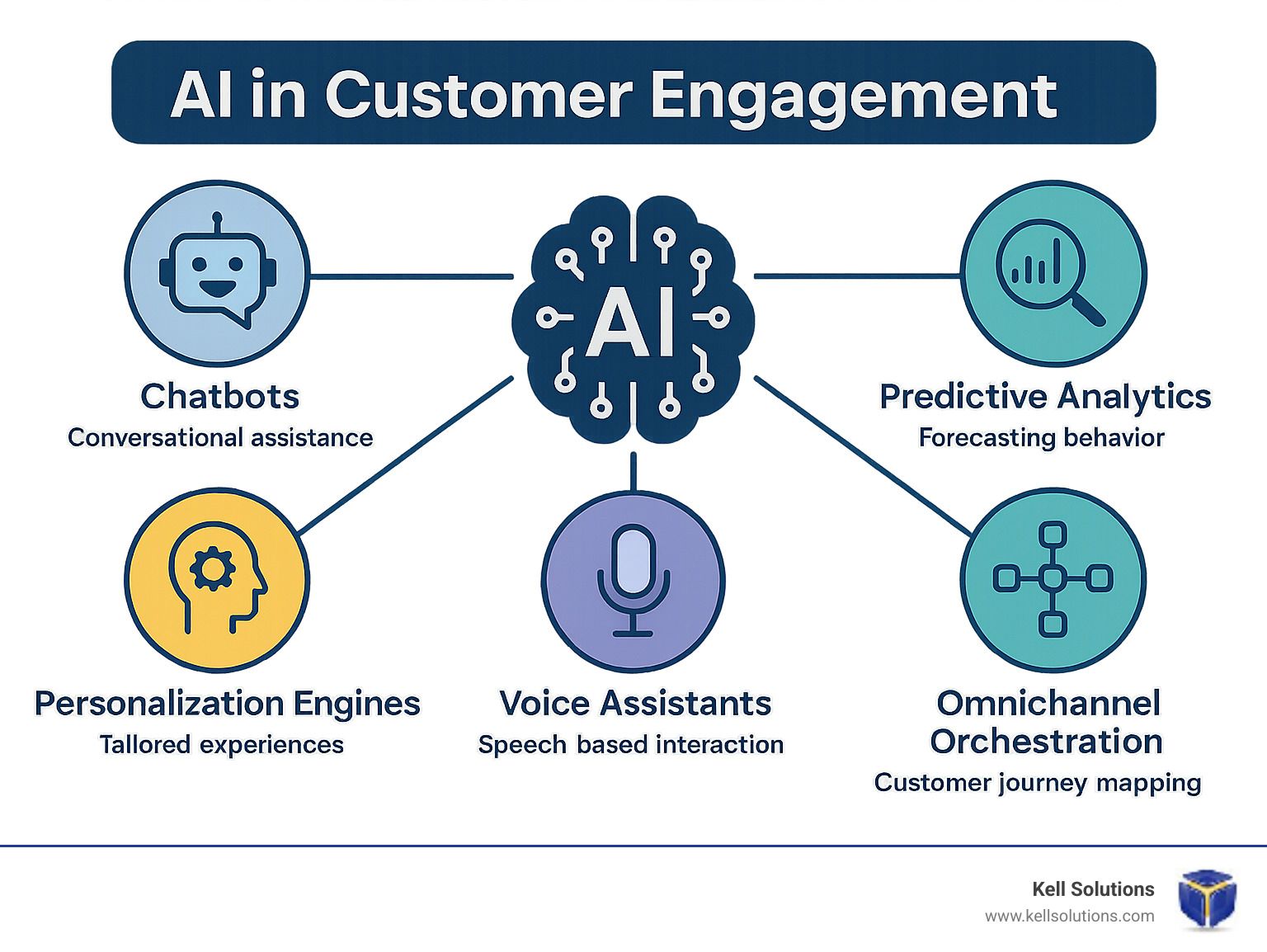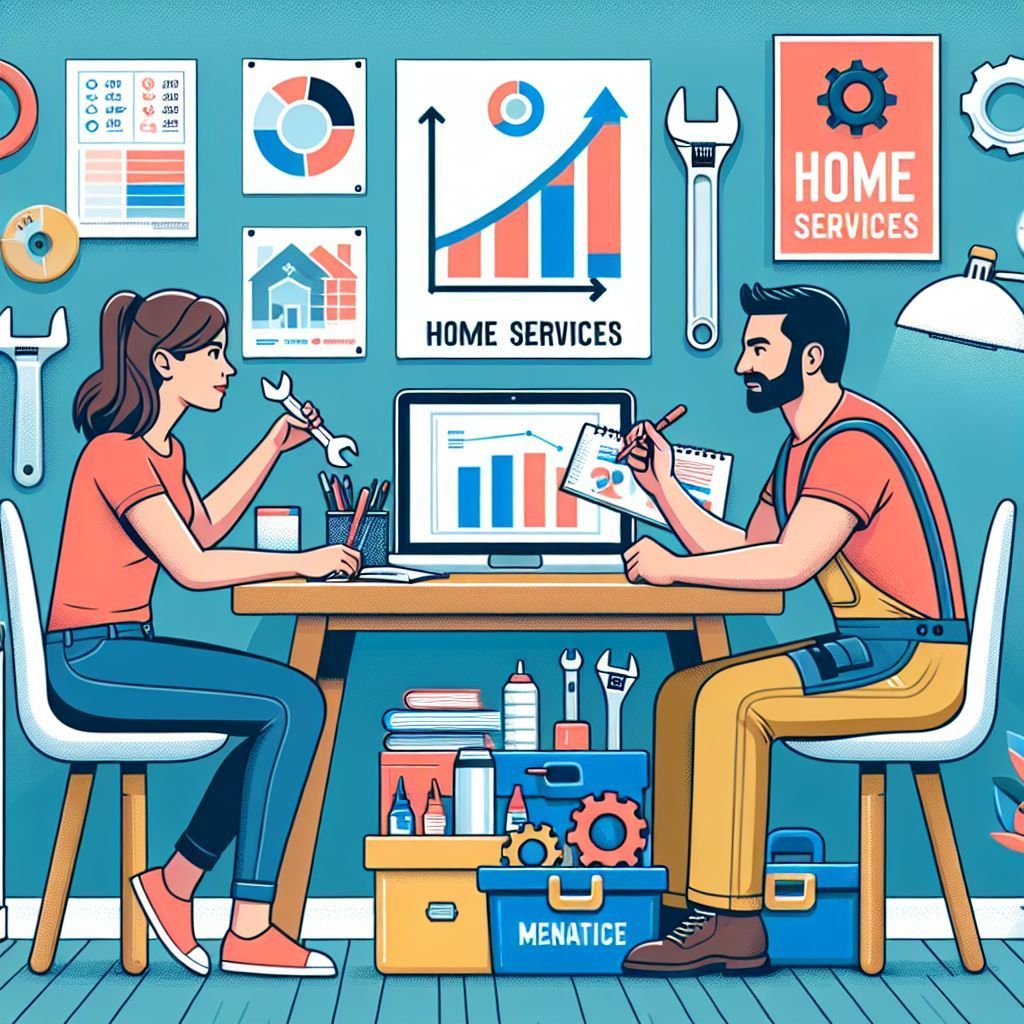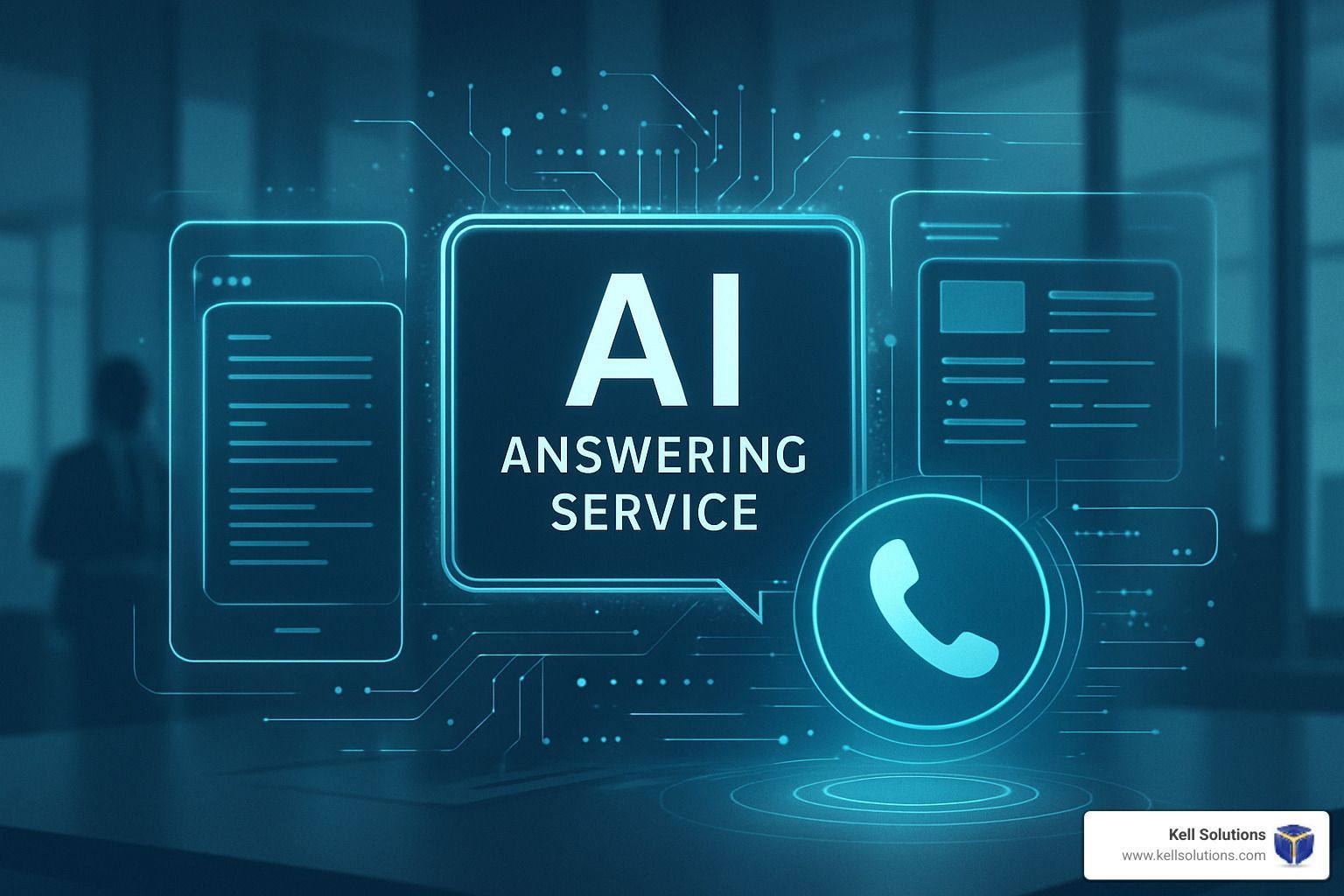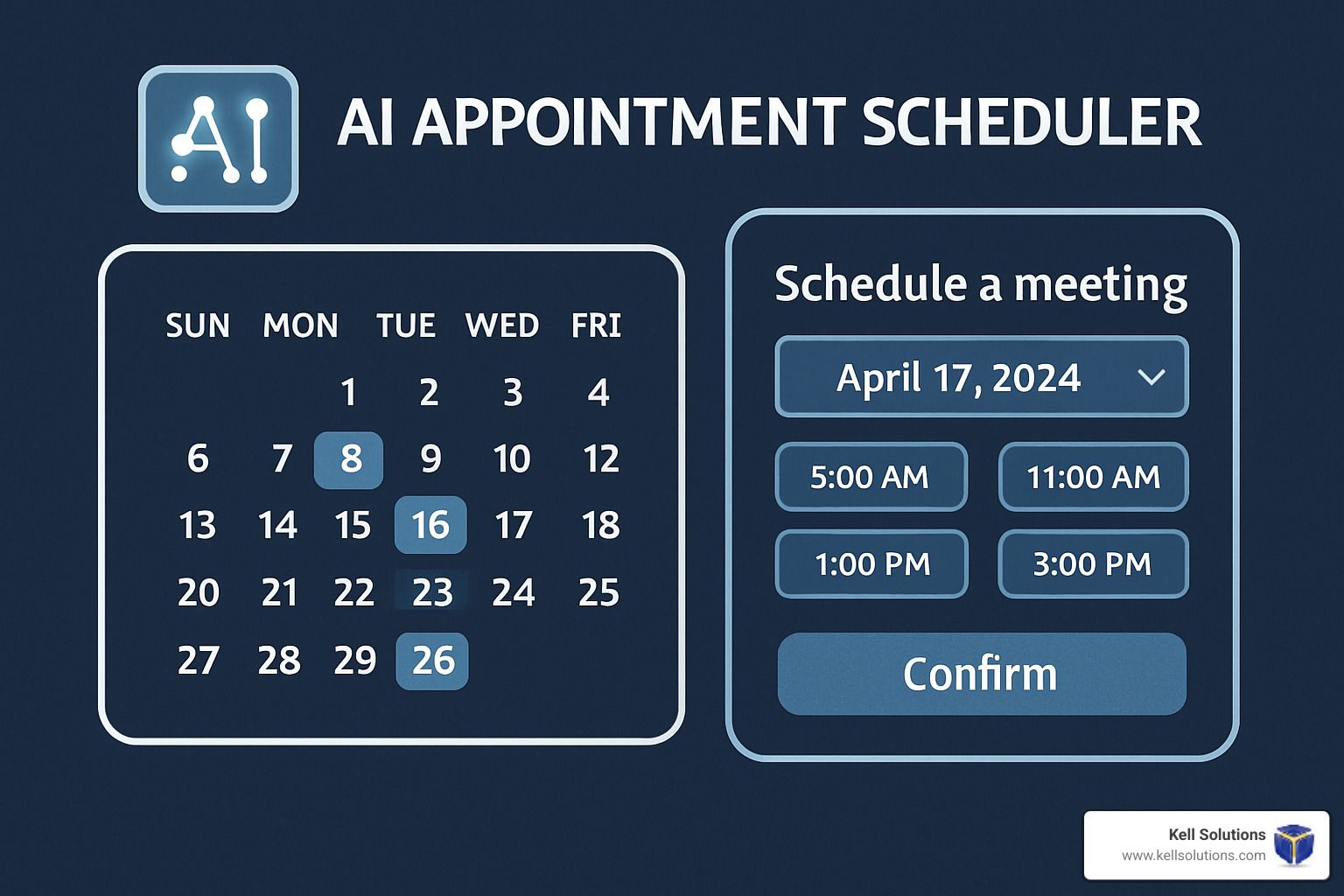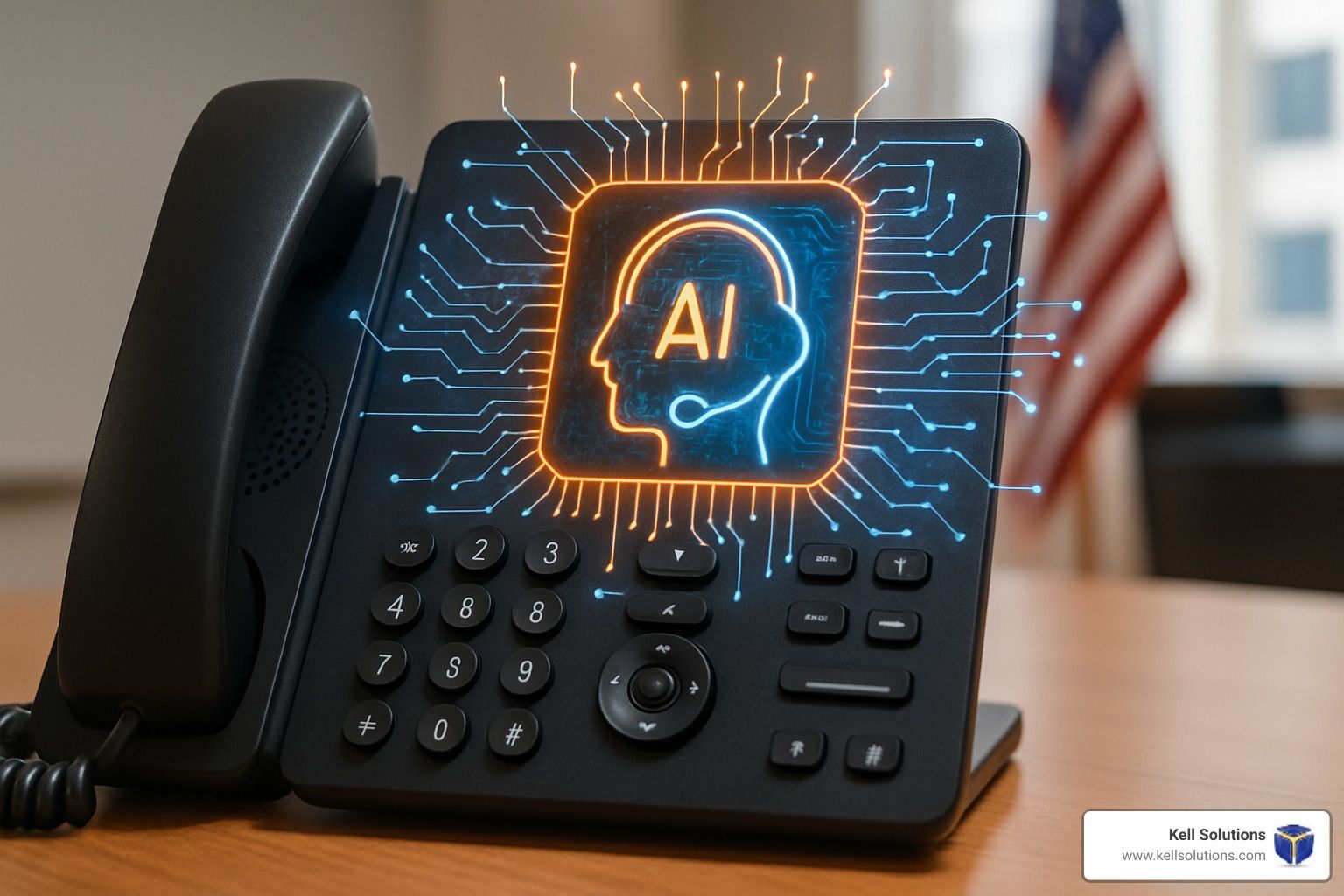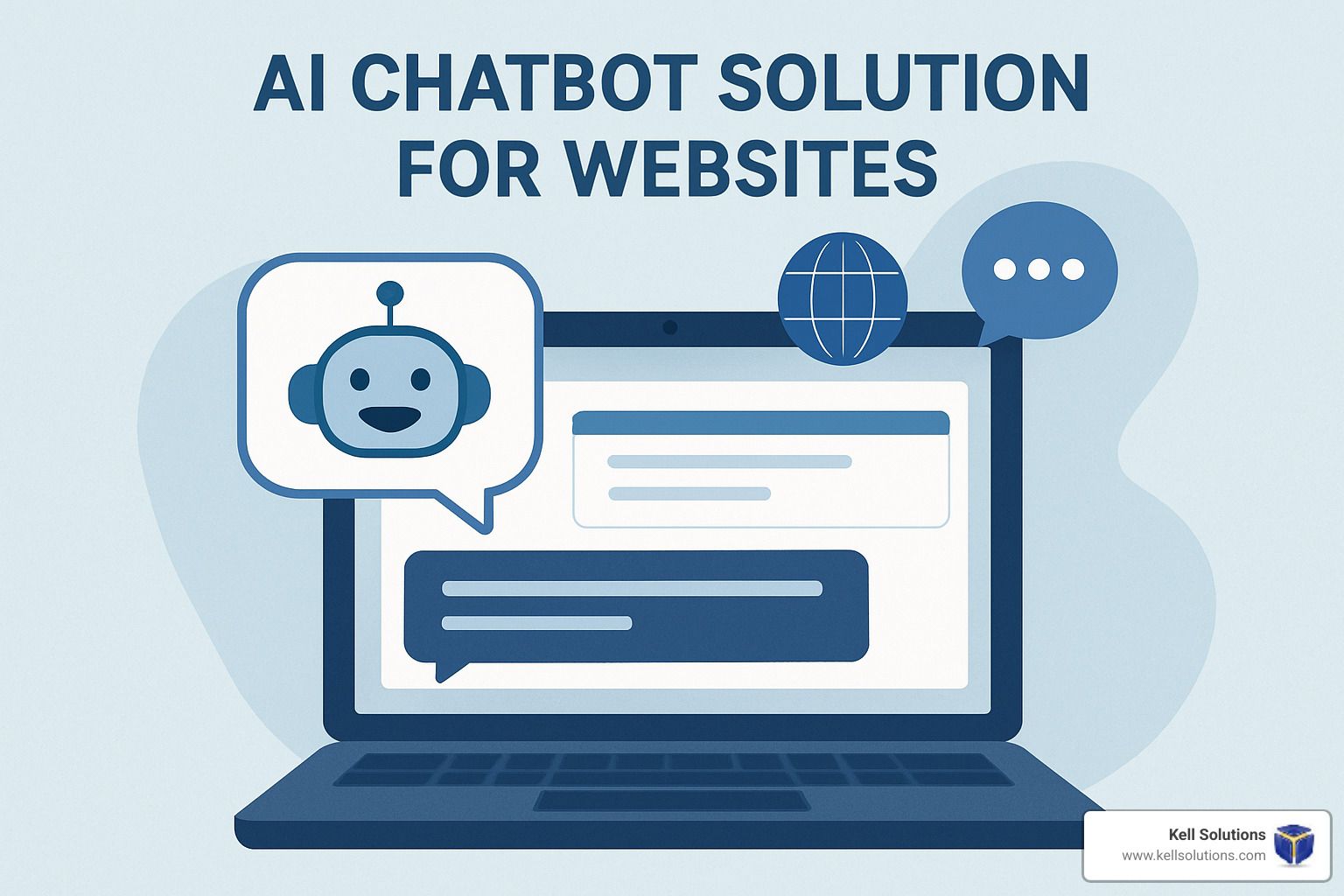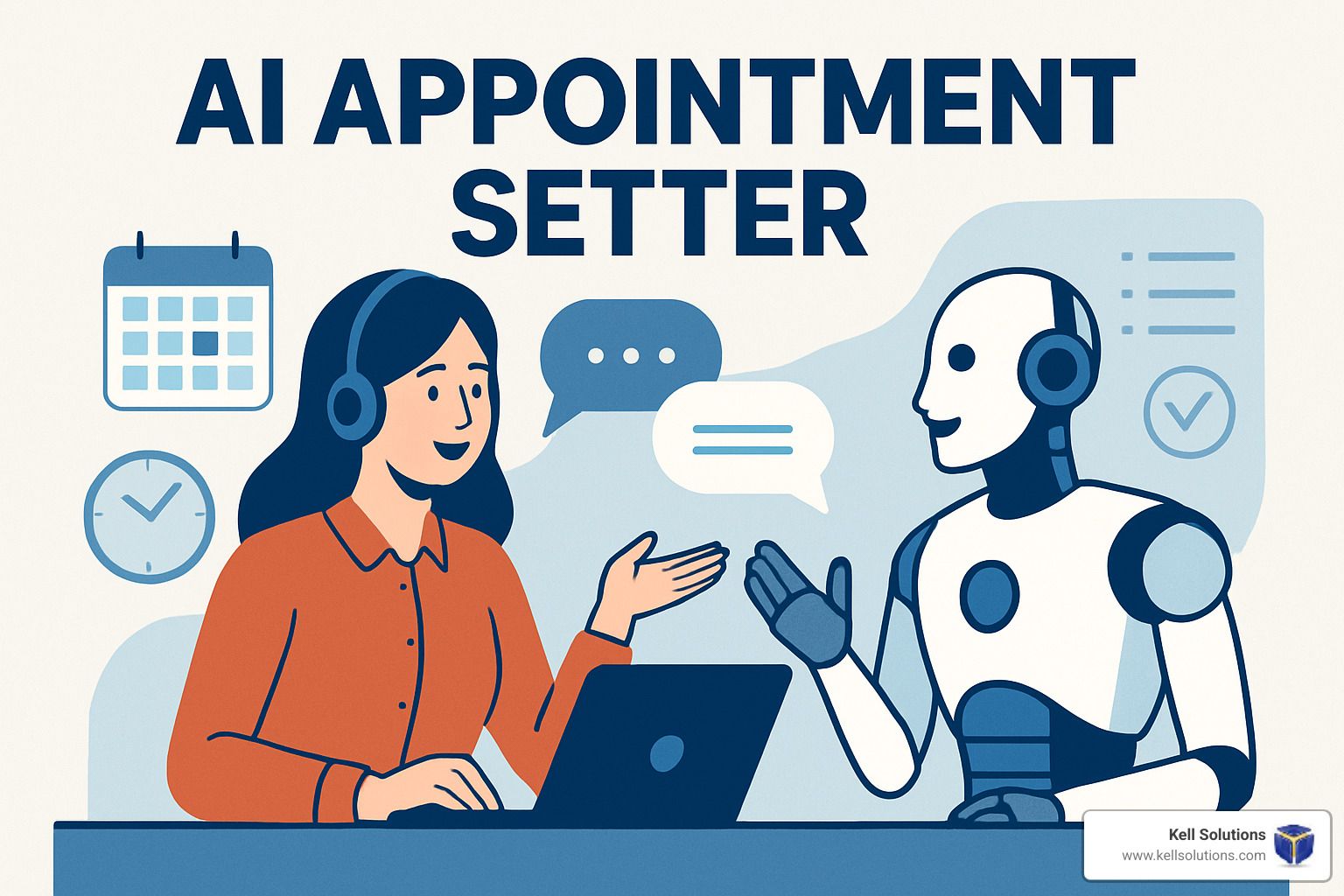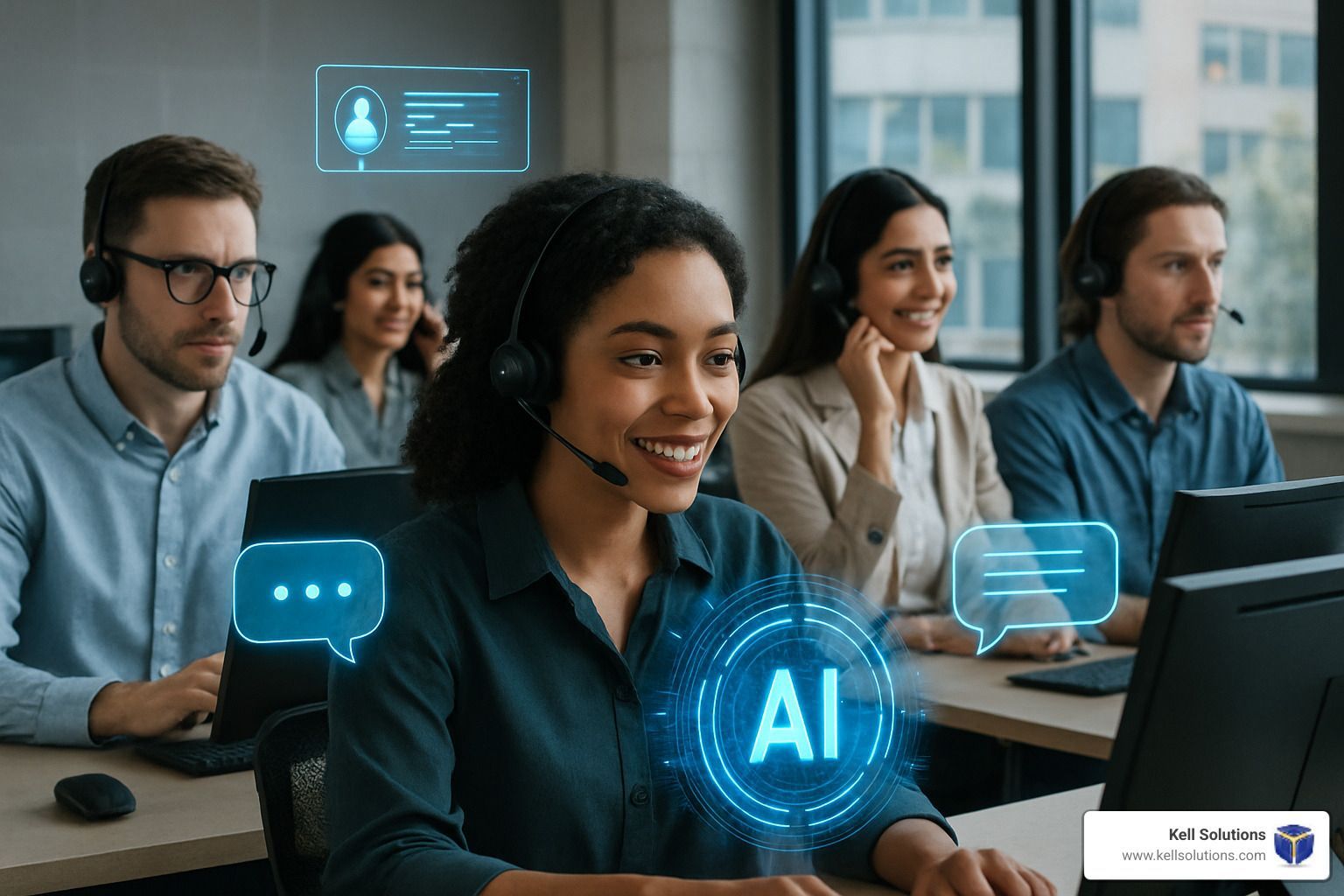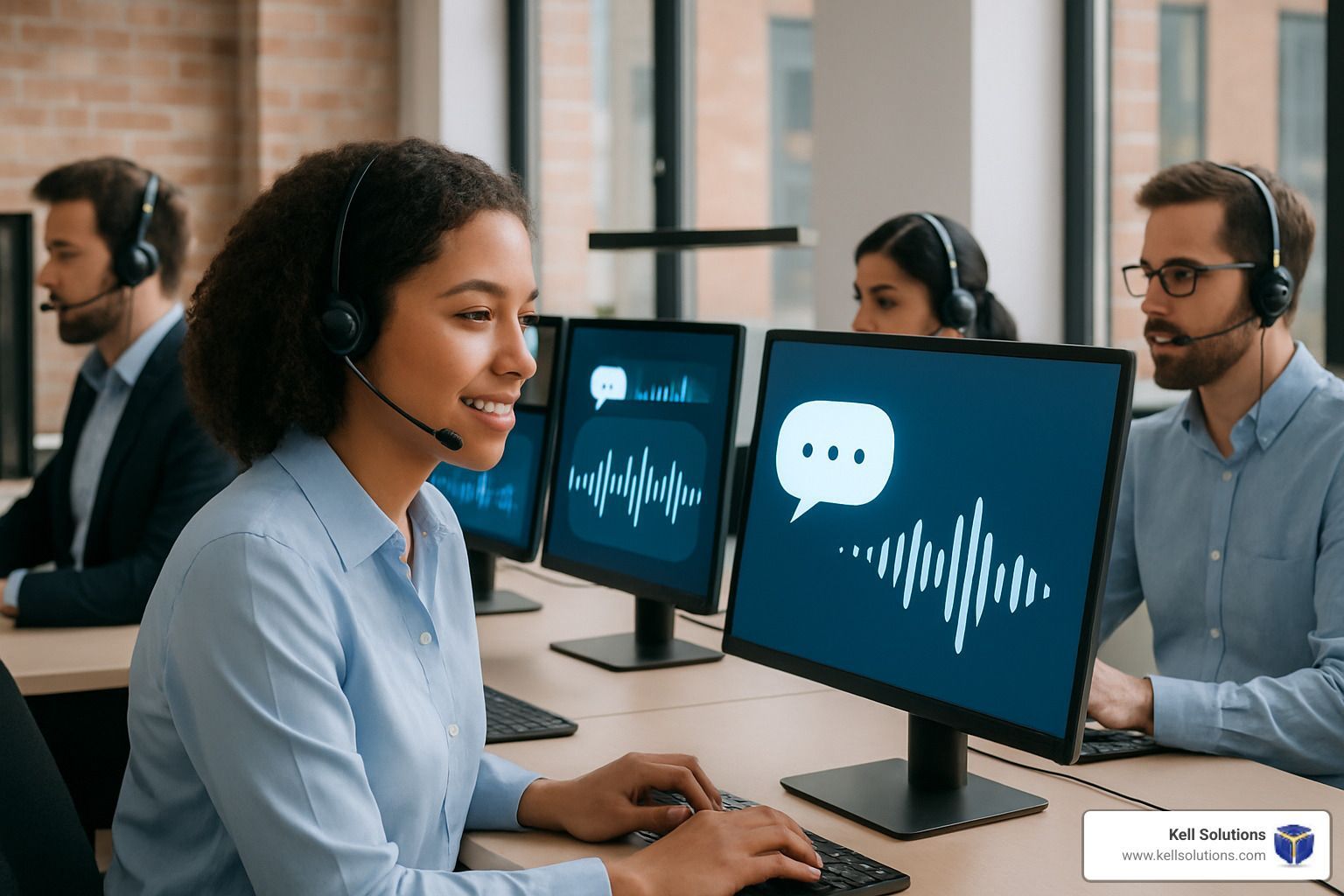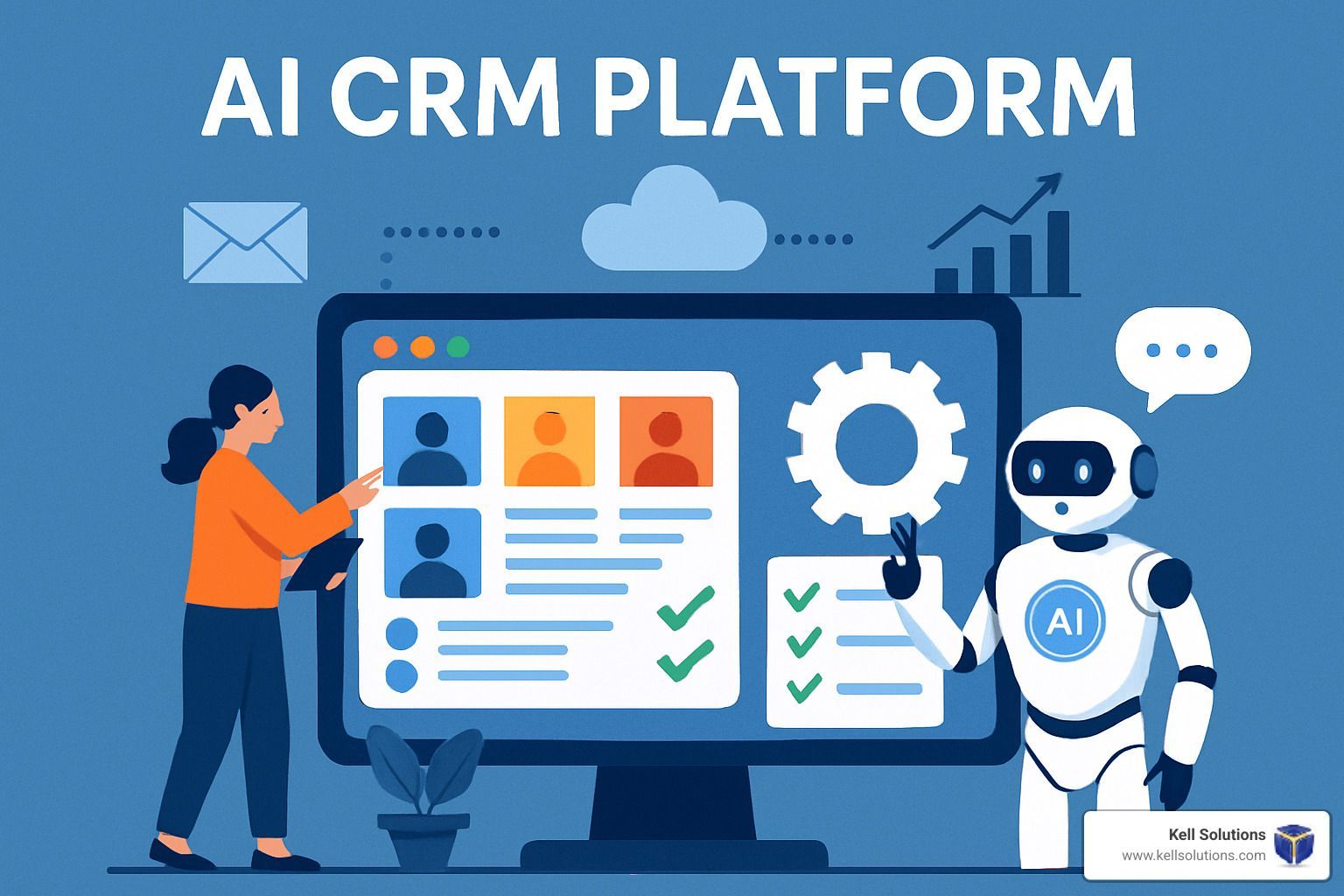AI Phone Answering for Home Services Business Setup Guide
Step-by-step guide to implementing AI phone answering for plumbers, HVAC, and cleaning services.

Key Takeaways
- AI phone answering systems for home services businesses can recover up to $1,200 in revenue per previously missed call, with implementation costs typically ranging from $49-$150 monthly compared to $200-$600 for traditional answering services.
- Modern AI systems can automate up to 85% of calls while maintaining high quality standards, allowing your team to focus on service delivery rather than phone management.
- VoiceGenie AI offers a 15-minute setup process that includes business profile creation, voice customization, and integration with your existing systems.
- Proper implementation can lead to a 30% improvement in customer satisfaction scores and 35% faster call handling times.
- Unlike basic automated systems, advanced AI can qualify leads, schedule appointments, and create support tickets during natural-sounding conversations.
Never Miss Another Customer Call: The Real Cost to Your Business
In the home services industry, every missed call represents a potential job walking straight to your competition. The hard truth is that 27% of calls to local businesses go unanswered, creating a massive revenue leak that most owners don't even realize exists. When your phone rings, it's not just a notification—it's the sound of money trying to find its way into your business account.
The modern consumer doesn't wait. When they need a plumber, electrician, or HVAC technician, they're calling multiple providers simultaneously and giving their business to whoever responds first. In this high-stakes environment, the difference between growth and stagnation often comes down to your phone answering capability.
"Traditional answering services often charge $200–$600 per month, with costs scaling directly with call volume. AI phone answering systems offer predictable, fixed monthly pricing (typically $49–$150) and can handle unlimited concurrent calls without extra charges."
Why 27% of Missed Calls Mean Lost Revenue
When your technicians are deep in service work and office staff are juggling multiple priorities, phones go unanswered. This isn't just an occasional inconvenience—it's a systematic business problem with serious financial consequences. Only 38% of calls to local businesses get answered on the first try, and the remaining 62% represent potential customers who may never call back.
Even more concerning, research shows that just 20% of callers leave voicemails when they can't reach a human. The other 80% simply move on to the next provider in their search results. That's four out of five potential customers disappearing without a trace, without you ever knowing they tried to reach you.
For home service businesses operating on tight margins, this invisible revenue leak can be the difference between profitable growth and constant cash flow struggles. The businesses that solve this problem gain an immediate competitive advantage in their local market.
How Each Unanswered Call Costs Home Service Businesses $1,200
The average home service job generates approximately $1,200 in revenue. When you miss a call, you're not just missing a conversation—you're potentially losing that entire job amount. For a business missing just 10 calls per week, that's a staggering $624,000 in annual lost revenue opportunity.
These missed opportunities compound over time in ways that aren't immediately visible on your balance sheet. When customers have positive experiences with competitors because they answered promptly, you're not just losing today's job—you're losing future jobs, referrals, and the lifetime value that customer represents.
- Immediate job revenue loss ($1,200 average)
- Future repeat business from that customer
- Referral opportunities to friends and family
- Online reviews that could have attracted more customers
- Higher cost of acquisition for replacement customers
Traditional solutions like hiring additional office staff or contracting with answering services come with significant costs and quality control challenges. AI phone answering systems fill this gap by providing 24/7 availability without the associated staffing expenses or quality inconsistencies.
What Makes AI Phone Answering Different from Basic Automated Systems
If the term "automated phone system" makes you cringe, you're not alone. Most home service business owners have vivid memories of clunky interactive voice response (IVR) systems that frustrate callers with robotic voices and confusing menu trees. Modern AI phone answering technology bears little resemblance to these outdated systems. Today's solutions use sophisticated natural language processing to create conversations that feel remarkably human.
24/7 Availability Without the Staffing Costs
The most immediate benefit of AI phone answering is round-the-clock availability that doesn't depend on staff schedules or availability. When a homeowner discovers a leaking pipe at 2 AM or needs emergency electrical service on a holiday weekend, your business can respond immediately. This constant availability ensures that no urgent service call goes unanswered, even during times when staffing would be prohibitively expensive.
While traditional answering services might offer 24/7 coverage, they typically charge premium rates for after-hours, weekend, and holiday coverage. AI systems provide consistent pricing regardless of when calls come in, making budgeting predictable. VoiceGenie AI allows businesses to handle anywhere from 5 to 5,000 calls per day without additional staffing costs or scaling concerns.
Natural Conversation Technology vs. Robotic Phone Trees
Unlike outdated IVR systems that force callers to navigate confusing menu options, modern AI phone solutions engage in natural conversation flow. These systems understand context, detect emotion, and can interpret complex requests without forcing callers into rigid decision trees. When a customer calls about a "broken AC that's making a strange noise," the AI comprehends both the service need and the urgency without requiring the caller to press numerous buttons or repeat themselves.
The technology powering these systems has evolved dramatically, with natural language understanding capabilities that can interpret regional accents, industry terminology, and even emotional states. This conversational approach maintains caller engagement and dramatically reduces hang-up rates compared to traditional automated systems. The difference is immediately apparent to callers, who often don't realize they're interacting with an AI rather than a human receptionist.
Lead Qualification Capabilities That Human Receptionists Can't Match
Perhaps the most significant advancement in AI phone systems is their ability to qualify leads and collect detailed information during the initial conversation. Unlike human receptionists who may forget to ask critical questions or become rushed during busy periods, AI systems consistently gather complete information following your exact qualification process. The system can ask about service history, property details, problem descriptions, and even budget considerations—all while maintaining a natural conversation flow.
These systems can also instantly access customer history and personalize interactions based on past service records, preferences, and communication patterns. This consistent, data-driven approach to lead qualification ensures that your technicians receive complete information before arriving on site, improving first-time fix rates and technician productivity. For businesses struggling with inconsistent information gathering, this feature alone can transform service delivery effectiveness.
5 Steps to Choose the Right AI Phone System for Your Business
1. Identify Your Specific Call Handling Needs
Before evaluating specific AI phone systems, conduct a thorough assessment of your current call handling processes and pain points. Document call volumes during peak and off-hours, the types of inquiries received, and the information needed from each caller to properly service their needs. This baseline understanding will help you identify which features are must-haves versus nice-to-haves for your specific business model.
Consider tracking unanswered calls and abandoned calls for at least two weeks to establish a clear picture of your missed opportunity baseline. Many business owners are shocked to discover just how many potential customers they're losing through communication gaps. If emergency service calls represent a significant portion of your business, prioritize systems with sophisticated urgency detection and routing capabilities that can distinguish between standard maintenance requests and true emergencies.
2. Compare Pricing Models and ROI Potential
AI phone answering systems typically offer more predictable pricing compared to traditional answering services or in-house staffing. Most providers operate on monthly subscription models ranging from $49 to $150 per month, regardless of call volume. This fixed-cost structure makes budgeting straightforward and eliminates surprise charges that often come with per-minute pricing models.
When calculating potential ROI, consider both direct cost savings and revenue opportunities. Direct savings include reduced staffing needs, elimination of overtime for after-hours coverage, and removal of per-minute charges from traditional answering services.
Revenue opportunities include captured business from previously missed calls, increased customer satisfaction leading to referrals, and freed-up staff time to focus on higher-value activities. A business recovering just three previously missed service calls per month at $1,200 average value would see an annual revenue increase of $43,200—far exceeding the system's cost.
3. Check Integration Options with Your Current Tools
The effectiveness of your AI phone system will largely depend on how well it connects with your existing business tools. Look for solutions that offer native integrations with your CRM, field service management software, scheduling tools, and payment processing systems. These connections enable seamless data flow, eliminating double-entry and ensuring that information captured during calls automatically populates your operational systems.
Particularly important for home services businesses are integrations with dispatch systems and technician scheduling tools. When the AI captures a new service request, that information should automatically trigger scheduling workflows, customer notifications, and technician assignments without manual intervention. This end-to-end automation not only improves efficiency but reduces the potential for human error in the service delivery process.
4. Evaluate Voice Quality and Customization Features
The voice of your AI system becomes an extension of your brand, making voice quality and customization capabilities critical selection factors. Premium AI phone systems offer multiple voice options with adjustable tone, pace, and personality characteristics that can be aligned with your brand identity. Listen to samples of each voice option and consider which would best represent your company's personality—whether that's warm and reassuring for a family-focused business or authoritative and technical for specialty services.
Beyond basic voice selection, look for systems that allow customization of greeting scripts, terminology, and conversation flows. The ability to incorporate industry-specific terms, local references, and company-specific service offerings creates a more authentic customer experience. Some advanced systems even allow for multilingual support, which can be invaluable in diverse service areas where English may not be the primary language for all customers.
5. Read Reviews from Similar Service Businesses
Perhaps the most valuable research you can conduct involves learning from other home service businesses that have already implemented AI phone systems. Seek out reviews and case studies specifically from businesses in your industry vertical, as their use cases will most closely align with your own needs. Pay particular attention to reviews that mention specific scenarios like emergency calls, appointment scheduling, or customer information collection that mirror your own operational requirements.
Don't hesitate to request references from vendors you're seriously considering. Speaking directly with other business owners about their implementation experience, challenges they encountered, and actual results achieved provides invaluable insights that marketing materials won't reveal. Ask pointed questions about setup complexity, customer reactions to the AI, and measurable business impacts they've experienced since implementation.
Remember that the most relevant feedback will come from businesses of similar size and service scope to your own. A large multi-location HVAC company will have different requirements than a single-location plumbing operation, so prioritize insights from businesses that most closely match your operational profile.
Technical Setup: Getting Your AI Phone System Running
Implementing an AI phone answering system has become remarkably straightforward, even for business owners without technical expertise. Modern systems like VoiceGenie AI offer a streamlined 15-minute setup process that requires no coding or complex configuration. This accessibility allows you to quickly implement and begin capturing previously missed opportunities without disrupting your existing operations.
Phone Number Configuration Options
You have several options for integrating AI answering capabilities with your existing phone infrastructure. The simplest approach involves forwarding calls from your existing business number to the AI system when calls go unanswered or during specific hours. This method requires no number changes and can be implemented without customer notification. Alternatively, you can port your existing number directly to the AI provider's platform for complete call management, though this approach typically requires more technical coordination and temporary service adjustments.
For businesses looking to test the technology before full implementation, creating a dedicated new line exclusively handled by the AI system provides a low-risk entry point. This allows you to direct specific types of inquiries or after-hours calls to the AI while maintaining your traditional answering processes for other situations. As comfort with the technology grows, you can gradually transition more call scenarios to the AI system.
Call Routing Setup for Different Scenarios
Effective call routing ensures each inquiry reaches the appropriate destination based on urgency, service type, and customer status. During setup, create distinct routing rules for emergency calls that require immediate technician notification, routine service requests that can be scheduled, and sales inquiries that may need specialized handling. Most systems allow you to establish business rules using if-then logic that determines how calls progress through your organization.
Configure escalation pathways for situations where the AI cannot resolve the caller's needs independently. These pathways typically include options to transfer to specific team members, send text notifications to on-call technicians, or create urgent tickets in your service management system. The best implementations include redundancies to ensure no call goes unresolved, such as cascading notification sequences that try multiple team members until someone acknowledges the request.
Script Training and Personalization
Your AI system's effectiveness depends largely on how well you train it to handle your specific business scenarios. Modern systems use a knowledge base approach rather than rigid scripts, allowing the AI to access information about your services, pricing, policies, and common customer questions. Take time to thoroughly populate this knowledge base with detailed service descriptions, troubleshooting guidance, and business policies that callers commonly ask about.
Personalization extends beyond just loading information—it includes customizing how the AI presents that information. Configure greeting styles, conversation pacing, and terminology to match your brand voice. This might mean programming the system to use technical terminology for commercial clients while adopting simpler explanations for residential customers. The most successful implementations closely mirror how your best office staff would naturally communicate with callers.
Industry-Specific Setup Tips for Different Home Services
HVAC Business Configuration Best Practices
For HVAC businesses, seasonal call volume fluctuations present unique challenges that AI systems can help manage. Configure your system to recognize and prioritize weather-related emergency calls during extreme temperature events when call volumes typically spike. Program the AI to collect specific diagnostic information like system make/model, error codes, and symptom descriptions that will help technicians arrive prepared with appropriate parts and tools.
Create specific qualification paths for different service types such as installations, maintenance, and repairs, as each requires different information collection. For maintenance calls, the AI can verify system types and service history, while emergency calls should focus on safety verification and symptom severity assessment. Consider implementing seasonal greeting updates that acknowledge current weather conditions and offer relevant seasonal service recommendations.
Plumbing Emergency Call Handling Setup
Plumbing emergencies require particularly sensitive handling due to their potential for property damage. Configure your AI system to quickly identify true emergencies by asking about active water flow, shutoff valve status, and potential damage assessment. Program emergency protocols that provide immediate water shutoff guidance while simultaneously alerting on-call technicians.
For standard service calls, develop detailed information collection sequences that gather property details (age, pipe materials, previous issues) and specific problem descriptions. The system should be trained to distinguish between situations requiring same-day service versus those that can be scheduled days in advance. Consider including basic troubleshooting guidance for common issues like running toilets or minor clogs that customers may be able to resolve themselves while waiting for service.
Electrician Service Appointment Scheduling
Electrical service calls often involve complex scheduling considerations based on project scope and permit requirements. Configure your AI system to collect detailed information about the nature of electrical work needed, including whether it involves new installations, upgrades, or repairs. Program the system to ask specific safety questions that help identify truly urgent situations requiring immediate dispatch versus standard service that can be scheduled.
Implement appointment scheduling protocols that account for job complexity and typical duration for different service types. For example, panel upgrades might require longer appointment blocks than simple fixture installations. Include qualification questions about home age, current electrical capacity, and specific symptoms that will help technicians arrive with appropriate equipment and parts for efficient service delivery.
General Contractor Project Qualification Settings
General contracting businesses benefit from AI systems configured to perform detailed project qualification and budget screening. Program your system to collect comprehensive project information including scope, timeline expectations, budget range, and property details. These longer, more detailed conversations help separate serious prospects from casual inquiries while providing valuable information for accurate estimation.
Configure the system to recognize and appropriately handle different project types such as remodels, additions, or repairs, each requiring different qualification approaches. For remodels, the AI might ask about desired materials, current layout, and inspiration sources, while repair calls might focus on urgency and symptom description. Include appointment scheduling options that account for the longer consultation times typically required for contracting services.
Measuring Success: Key Performance Indicators to Track
Implementing an AI phone answering system isn't just about technology adoption—it's about achieving measurable business outcomes. Establish baseline metrics before implementation, then monitor specific KPIs to quantify your return on investment and identify optimization opportunities. The most successful implementations include regular performance reviews where these metrics drive continuous improvement to the system.
Call Answer Rate Improvements
The most immediate benefit of AI phone answering is the dramatic improvement in call answer rates. Track the percentage of calls answered before and after implementation, with successful systems typically achieving 95-100% answer rates compared to the industry average of just 38%. Monitor average answer time as well, which should drop to nearly instant with AI systems versus the typical 30+ second wait times with human answering.
Lead Capture Percentage
Beyond simply answering calls, measure how effectively your AI system captures actionable lead information. Track the percentage of inbound calls that result in complete lead records with all required contact information, service needs, and qualification details. Successful implementations typically achieve 85-90% complete information capture rates compared to 60-70% with human answering processes.
Monitor lead quality metrics as well, including the percentage of AI-captured leads that convert to booked appointments and eventually to completed jobs. This data helps validate that the AI is not only capturing information but asking the right qualifying questions to identify high-value opportunities. If certain lead types consistently fail to convert, it may indicate a need to refine the AI's qualification process for those specific scenarios.
Customer Satisfaction Metrics
Customer experience remains paramount even with automated answering systems. Implement post-call surveys or follow-up assessments to gauge caller satisfaction with the AI interaction. Track metrics like Net Promoter Score before and after implementation to ensure the technology enhances rather than detracts from customer experience.
Pay particular attention to abandonment rates—the percentage of callers who hang up before completing their interaction with the AI. This metric serves as an early warning system for potential issues with the conversation flow or system performance. Successful implementations typically see abandonment rates below 5%, compared to 12-15% with traditional IVR systems.
Monitor transfer rates as well, tracking how often callers request human intervention during AI interactions. While some transfers are inevitable, particularly for complex or unusual situations, consistently high transfer rates in specific conversation paths indicate opportunities to enhance the AI's capabilities in those areas. The goal is continuous improvement toward resolving more scenarios autonomously while maintaining high customer satisfaction.
- Call volume by time of day and day of week
- Average conversation duration
- First-call resolution rate
- Revenue from previously missed call times
- Staff time saved by AI handling
- Return on investment calculations
Take Action Today: Implementation Roadmap
Transforming your home services business with AI phone answering doesn't require months of planning or technical expertise. Follow this streamlined implementation roadmap to start capturing previously missed opportunities within days rather than weeks or months. Begin with a two-week call analysis to establish your baseline metrics and identify specific pain points in your current answering process. This data will guide your system selection and configuration priorities.
Select a provider that specializes in home services businesses rather than generic solutions. Systems like VoiceGenie AI offer industry-specific configurations that dramatically reduce setup time and improve caller experience from day one. Schedule a dedicated implementation day where you can focus on knowledge base creation and system training without interruptions. Within 15 minutes of setup completion, your business can begin answering calls 24/7, recovering revenue that would otherwise be lost to missed opportunities.
Frequently Asked Questions
As you consider implementing AI phone answering for your home services business, you likely have questions about how these systems work in real-world applications. These answers address the most common concerns based on actual implementation experiences across hundreds of service businesses.
How much does AI phone answering typically cost for a small home service business?
Most AI phone answering systems for small home service businesses cost between $49-$250 per month, regardless of call volume. This fixed pricing model offers significant advantages over traditional answering services that typically charge $200-$600 monthly with additional fees for after-hours calls, long conversations, or high call volumes. When calculating total cost, consider the value of recovered revenue from previously missed calls—a single additional booked job per month typically covers the entire annual cost of the system.
Can AI phone systems handle emergency service calls effectively?
Modern AI phone systems excel at emergency call handling through sophisticated urgency detection algorithms and immediate notification capabilities. These systems can identify emergency situations based on caller language, tone, and specific keywords, then activate predefined response protocols. For water emergencies, the AI might provide immediate shutoff valve guidance while simultaneously alerting on-call technicians through multiple channels (text, call, app notification) to ensure rapid response.
The best systems implement escalation protocols that ensure emergency calls never go unaddressed. If the primary on-call technician doesn't acknowledge the emergency notification within a predefined timeframe, the system automatically escalates to secondary contacts until confirmation is received. This redundancy provides critical protection for both your customers and your reputation during emergency situations.
Will customers know they're talking to an AI rather than a human?
The line between AI and human conversation has blurred significantly with advanced natural language processing. While some businesses choose to transparently identify their system as AI-powered, many callers interact with these systems without realizing they're not speaking with a human. The conversational flow, natural pauses, contextual understanding, and appropriate emotional responses create an experience that feels remarkably human. The most important factor is whether the system effectively meets the caller's needs—which well-implemented AI systems consistently achieve regardless of caller awareness of the technology.
How long does it take to fully implement an AI phone answering system?
Basic implementation of an AI phone answering system can be completed in as little as 15 minutes using streamlined platforms like VoiceGenie AI. This initial setup includes business profile creation, voice and tone selection, knowledge base connection, and call flow configuration. Most businesses can begin taking calls the same day they start implementation, capturing previously missed opportunities almost immediately.
While basic functionality can be implemented quickly, optimization is an ongoing process. Plan to spend 2-3 hours during the first month reviewing call transcripts, refining knowledge base information, and adjusting conversation flows based on real interactions. This continuous improvement approach ensures your system becomes increasingly effective over time, ultimately handling 85-90% of routine calls without human intervention.
Can I still have calls forwarded to my cell phone when needed?
Absolutely—modern AI phone systems are designed to complement rather than replace human involvement. You can configure exactly when and how calls should transfer to your team based on specific triggers or caller requests. Common configurations include routing to mobile phones after the AI collects initial information, during defined business hours, or for specific call types that require personal attention. The system can also send text notifications with caller information before connecting, giving you valuable context before you pick up.
The most effective implementations use "smart transfer" capabilities that provide a seamless handoff when human intervention is needed. These transfers include complete context sharing, where the staff member receiving the call gets an instant summary of what's already been discussed, eliminating the frustrating experience of callers having to repeat information. This hybrid approach combines the consistency and 24/7 availability of AI with the problem-solving capabilities of your experienced team members.
For home service business owners serious about growth, implementing an AI phone answering system represents one of the highest-ROI technology investments available today. By capturing previously missed opportunities, improving customer experience, and freeing staff from phone management, these systems directly address the revenue leaks that hold most service businesses back from their full potential. The question isn't whether you can afford to implement this technology—it's whether you can afford not to.


Orange County HVAC Google AI Overview Domination: 7 Proven Strategies to Capture Featured AI Results





